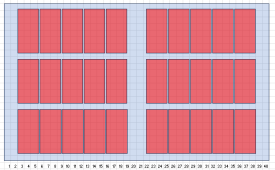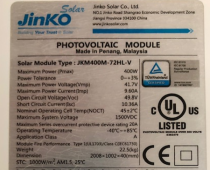cpainter
New Member
If I remember right, the EG4 6.5k is supposed to be a copy of the LV6548's with a few upgrades according to one of Will's videos. He seemed to like it, but it has had some issues. Luckily, I'm not in any hurry to make these decisions, so maybe I won't screw it up too bad.Based on my own experience and what I've read here I think the MPP LV6548 like I have is a pretty solid inverter. That said, they have their drawbacks like any other inverter. They're loud. And it takes two to deliver 240v. Also the PV input max is lower than many of the others. I think the newer MPPs are rated at something like 390v where many of the other Voltaic clones are 500v. That may or may not be a factor for you. Mine are older and are only 250v which is one of the reasons I'm going to upgrade. The EG4 version has had some issues which you can research on the forum ad nauseum. I have no experience with the others such as Sungold, but others here have. When I upgrade I'm looking at either two of the EG4 18kpv or two of the SolArk 15k. I still have some time to make that decision though.
By the way, today it dropped down to 70 at night and only 100 predicted for a high. My consumption has dropped by more than 10%. It's amazing how much more energy it takes to overcome an additional 5 to 7 degrees when it's this hot. I just wish it would stay this way. Supposed to be right back up there tomorrow. But hopefully some relief coming next week off the tropics.
I live near Mason, Tx and we had a string of 109 degree days here that got a little rough. Yesterday, the high was a bone-chilling 97 degrees and today is only supposed to get to 100. It's nice to have a little relief from time to time. Athens, Tx is my hometown...I can't imagine living there anymore with the humidity magnifying the discomfort.





